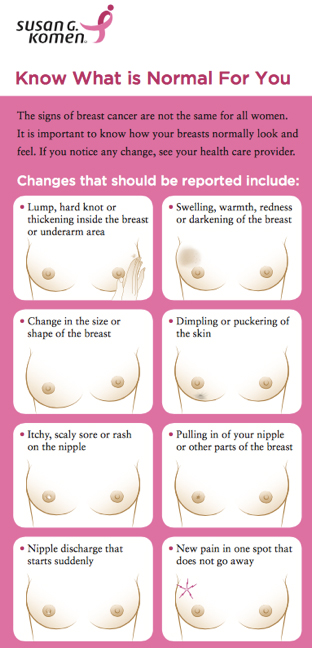Breast Cancer: The Power of Prevention
Other than skin cancer, breast cancer is the most common cancer among American women, and about 1 in 8 women in the U.S. will develop invasive breast cancer during her lifetime. More alarmingly, breast cancer is also the second leading cause of cancer death in women, second only to lung cancer. (American Cancer Society) Unfortunately, many women don’t know all the facts. For example, it’s a common myth that genetics, specifically a BRCA1 or BRCA2 gene mutation is the most common cause for developing breast cancer. While those who inherit the BRCA gene mutation have a significantly increased risk for breast cancer, the fact is that over 85% of women who get breast cancer do not have a family history. Being proactive instead of reactive is critical. As they say, ‘an ounce of prevention is worth a pound of cure.’ And, not surprisingly, the sooner breast cancer is detected, the greater your chance of survival. So, if you haven’t yet done your homework on breast cancer, read on for some important information and resources- and make sure to share with those you love!
BE BREAST SELF-AWARE
Being ‘Breast Self-Aware’ means understanding if you’re at high risk, getting screened, learning what’s normal for you and how to look for signs and symptoms, and minimizing controllable risk factors. First, talk to your family about their medical history, as well as your doctor to understand more about your personal risk of breast cancer. Make sure to keep up with regular screenings and having your doctor perform a clinical breast exam. Ask your doctor to show you how to perform self-checks on your breasts and determine when you should go for, and keep up with mammogram screenings. Jot down information about your family’s medical history using this quick-fact sheet from our partners at BrightPink.org. 
KNOW YOUR RISK ASSESSMENT
Take just a few minutes of your day to do this interactive Breast and Ovarian Cancer Risk Assessment from BrightPink.org.
KNOW WHAT IS NORMAL
Susan G. Komen has a great resource to help you detect abnormal changes and know what to look for. Being familiar with your body is important, as it will serve as a baseline for your monthly self-check breast exams.
KNOW THE RISK FACTORS
Age and gender (being a woman) are the two biggest risk factors for breast cancer. Family medical history, race, high breast density, exposure to radiation, never having children, getting your first period at a young age, etc. are all uncontrollable risk factors. And while it’s important to pay attention to these factors, take special note of the factors you can control, such as limiting alcohol consumption, not smoking, staying away from environmental toxins and chemicals, exercising, and maintaining a healthy weight and diet. There are also some lifestyle factors that have been found to reduce your risk of breast cancer. These include breastfeeding, having children, and getting enough Vitamin D.
CHOOSE WISELY- KNOW WHERE TO GO
Sadly, being misdiagnosed has and can happen, so reduce your risk of a misdiagnosis by choosing a Women’s Choice Award, America’s Best Breast Center. We’ve done the homework for you- so you don’t have to. Simply visit us now and search in your state for an awarded and recognized breast center near you. Knowledge is power. Stay informed and be consistent with living a healthy and preventative lifestyle. Make sure to keep up with screenings and mammograms as suggested by your doctor and perform monthly breast, self-checks looking for lumps and other abnormal changes. Cheers to Prevention!
Back